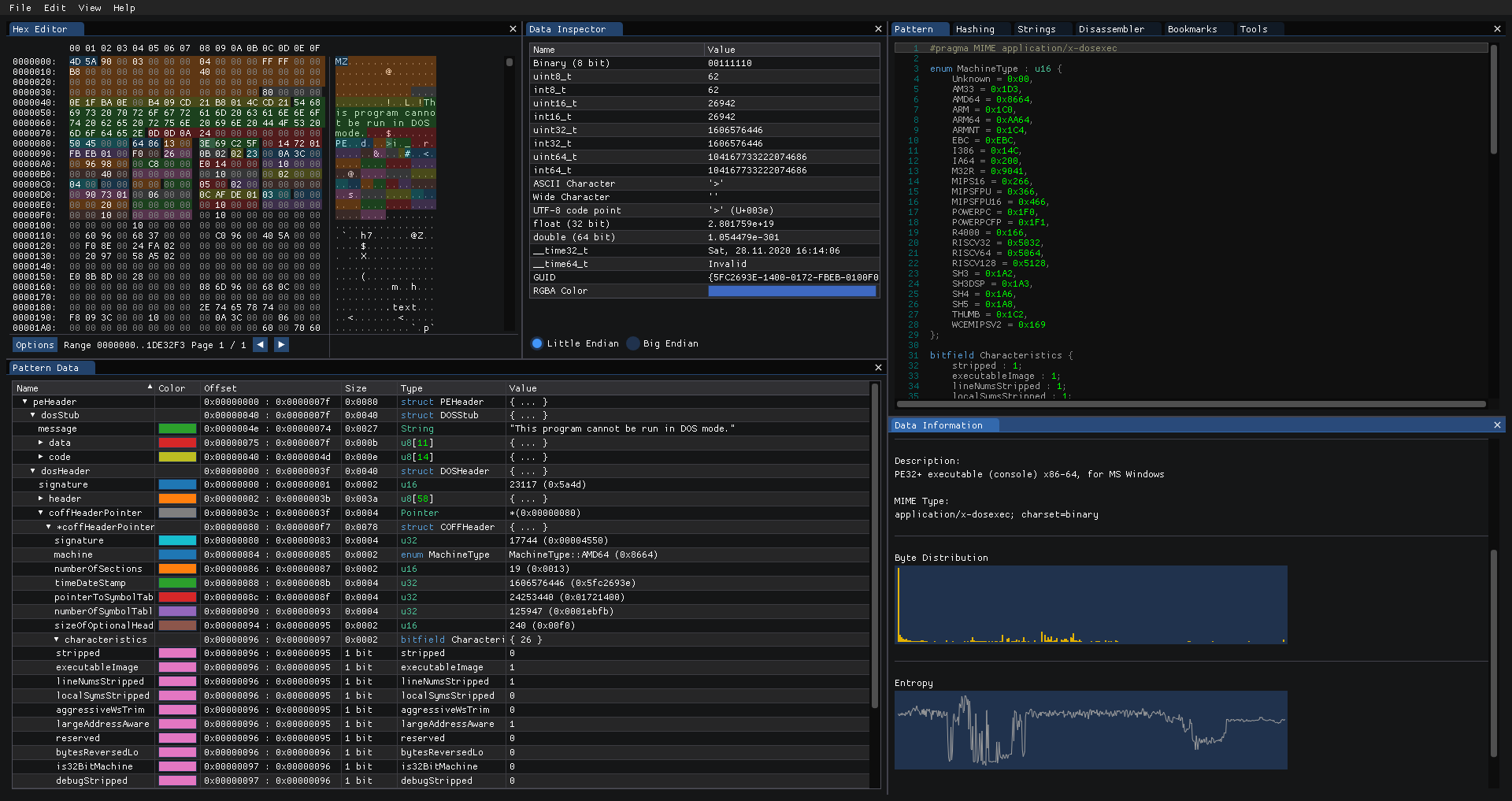
This in fact resulted in no change in the image. I saw an END marker and thought “Hey, maybe it’ll just ignore everything after that.” So I tried adding a string to the end. Hence, editing of pixel data in a hex editor is pretty much impossible. This is even more true if you’re using visual-level compression like the discrete cosine transform used to compress JPEGs, because adjacency of pixels in the image doesn’t always translate to proximity of the corresponding bytes. I soon realized that a large part of the problem was the nature of the compression algorithm and how changes in individual bits in the uncompressed file can be propagated through larger sections of the compressed file and vice versa, simply because of the nature of the compression. Almost all of these resulted in either the bottom half of the image getting chopped off or the entire image becoming unreadable. So I started by opening the file in the hex editor and just changing random digits.
Kali linux how to use hex editor full#
I want to know the full extent of what I can change in an image file and what I can’t.

That’s a good start, but I want to explore this idea further. Of course one quick fix for this is to just open up the image in a raster graphics editor, save it, and then the editor will write new metadata to the image for you, thus altering its contents without altering the actual image.

Since almost all of the images I used the hex editor on were PNGs, and I didn’t do anything with the JPEG beyond just changing the metadata, I will be focusing all my attention on the PNG format from now on. So I had to look for other things, partly through reverse engineering, and partly through doing some minimal research on the file formats. There was no junk data for me to trivially change. This was true of screenshots that had never been touched by an editor. I figured some arbitrary modifications to the date and time wouldn’t hurt.īut then there were images that didn’t have any metadata.

In this screenshot we see metadata from both the camera that took the picture as well as GIMP as I used it to edit the image. Since metadata has no effect on the actual pixel data of the image, you can easily change it without damaging anything. I started with what I figured would be the easiest thing to find: metadata. I used the hex editor known as FlexHex to do this.įirst I opened the one JPEG that I had. That means figuring out how something is built by making small changes and seeing if you break anything. I used a method of reverse engineering that I like to call the trial-end-error method. The next step is obvious: Open the images up in a hex editor and start poking around. For now, basically all I have is the compressed version of an image, and I have to alter that somehow without corrupting it and without changing its visual appearance.
Kali linux how to use hex editor download#
I could download a steganography program to do it, but I tend to want to figure out how to do those things on my own. This of course poses an interesting question: How do you change the contents of an image without changing its visual representation on the computer screen? I could borrow methods from steganography, where you decompress an image so you can access the actual pixel values, and then change the lowest-order bits in the red, green, and blue channels of each pixel, but I don’t know enough about the image formats in question to be able to do that intelligently. One creative way I’ve thought of to get around this problem is to delete the images from my site and then upload modified versions of the images that look exactly the same visually but are not the same file. In the case of images, if I have them uploaded for a draft but I don’t post them until several days later, Google might refuse to index the images because they’re not new. One problem that I want to solve is Google’s penalizing of duplicate or old content. This research basically consists of searching for my own pages on Google to see what’s been indexed and how the pages rank. So recently I’ve been doing some SEO research for my site.


 0 kommentar(er)
0 kommentar(er)
